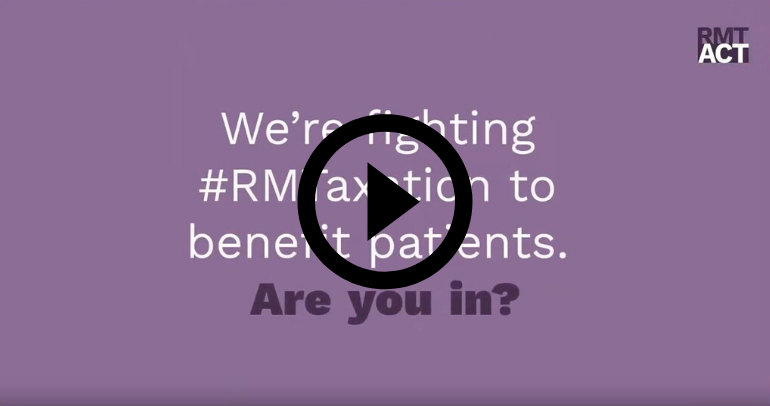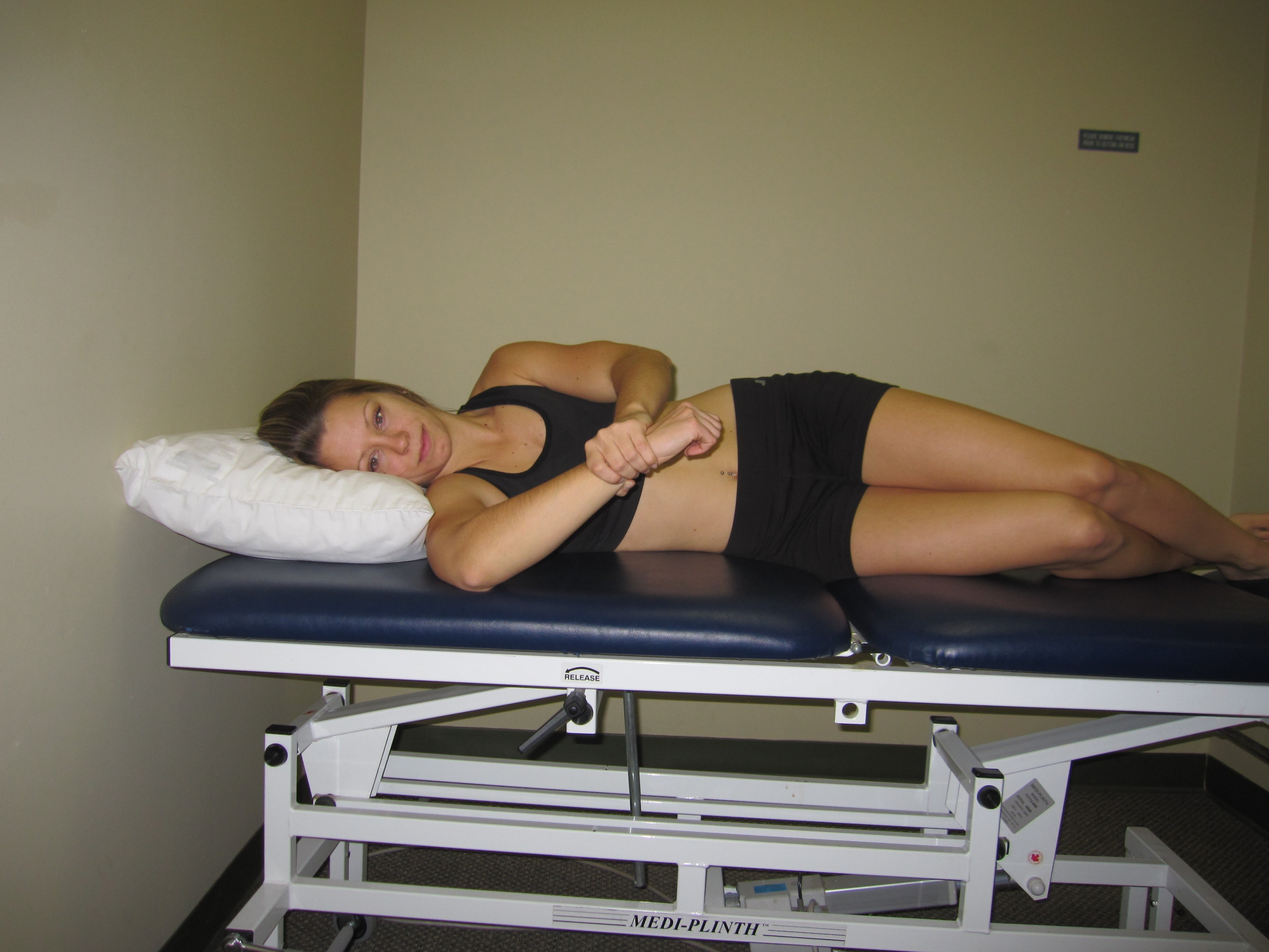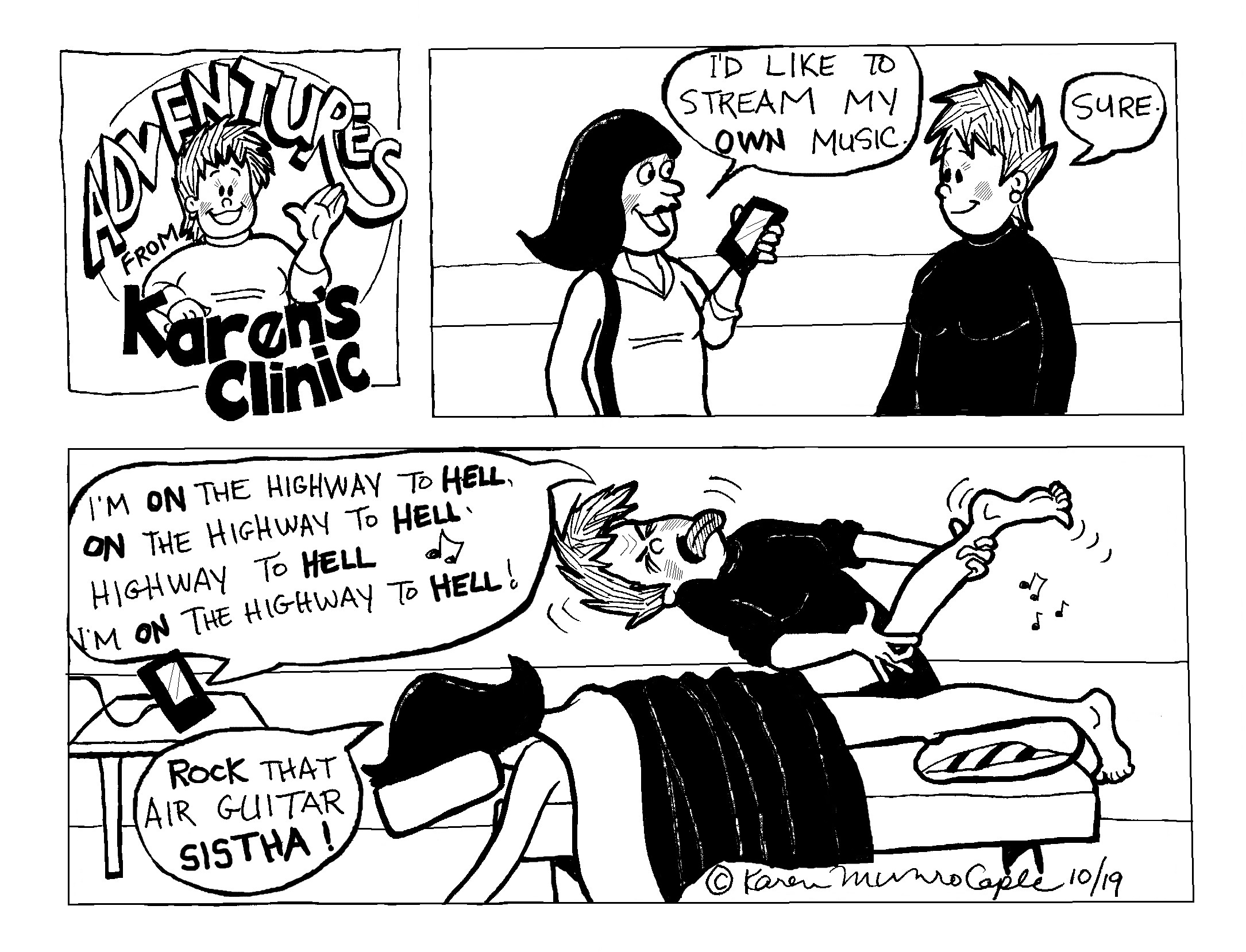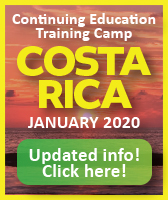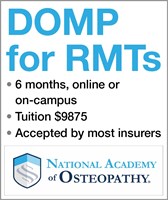
|
What's Happening at the RMTAO RMTAO Board of Directors Nominations Close Next Week If you're interested in becoming a Director on the RMTAO Board of Directors, you have until next Friday November 1 to submit your nomination. All Active and Life members of the RMTAO are eligible to become Directors on the RMTAO Board of Directors. There are up to three (3) positions available. If you are interested in becoming a Director, please complete the Nomination and Consent Form below. Download the 2019 RMTAO Nomination and Consent Form The Nomination and Consent Forms must be received in the RMTAO office no later than 5:00pm on Friday, November 1, 2019 to be valid. You may email the forms to info@rmtao.com or fax to 416-979-1144. Review the complete Call for Nominations on the RMTAO website for more details. RMTACT Update - What HST Exemption Means for Patients Thank you to everyone who continues to support our campaign to obtain tax exemption for massage therapy services. If you haven't done so already, you can still sign up for updates on the RMT/ACT website. Reminder - CMTO Renewal Deadline This is a reminder that if you haven't done so already, you have until next Friday to renew your CMTO registration. All RMTs must renew their registration by November 1, 2019 at 11:59 p.m.To renew your registration with the CMTO you will be required to provide them with your insurance information. If you've purchased your professional liability insurance through the RMTAO, you will need to download your insurance coverage certificate if you haven't done so already. If you purchased insurance directly with the RMTAO, log in to the RMTAO website and click on My Insurance Coverage Certificates on the left side of your screen. If you purchased your insurance through the Trisura Portal, you can log in to the Trisura Portal and download your certificate. The RMTAO is pleased to announce our October member spotlight, 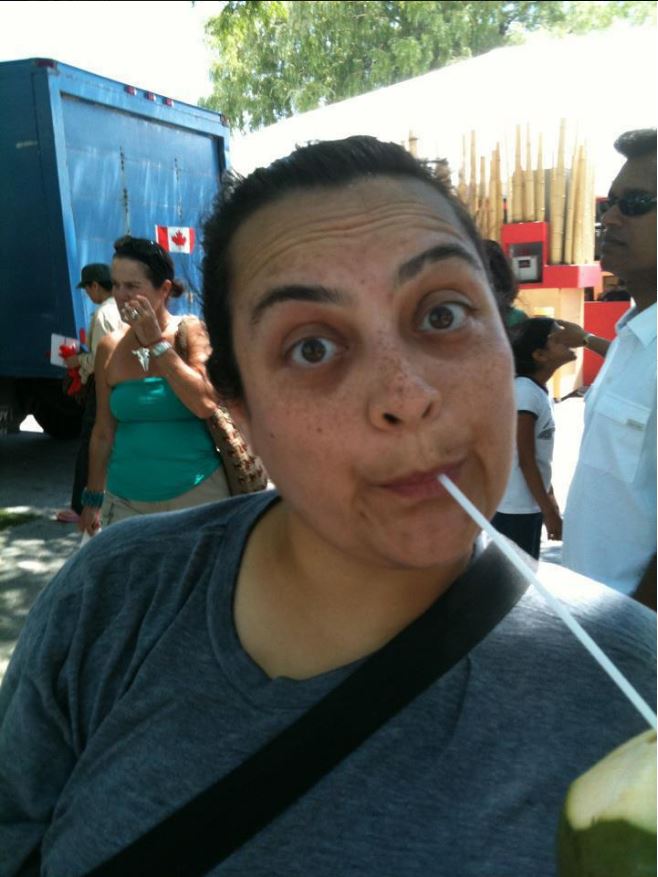 Debbie Wilcox! Debbie has been an instructor in the Centennial College Massage Therapy Program for over 10 years, maintains a practice at LifeMark Physiotherapy, and was on the RMTAO Board of Directors from 2009-2018. Debbie remains an active and engaged member of the RMTAO. Debbie Wilcox! Debbie has been an instructor in the Centennial College Massage Therapy Program for over 10 years, maintains a practice at LifeMark Physiotherapy, and was on the RMTAO Board of Directors from 2009-2018. Debbie remains an active and engaged member of the RMTAO. Why did you choose to become an RMT? Debbie: This is actually a tough question. Sure, there is the usual answer of wanting to help people – that goes without saying. I had always thought that I would be a musician. My dream was to be a member of the Toronto Symphony and a music teacher. I had a very minor low back issue after playing a very long concert and sought out care from a chiropractor and massage therapist. Their combined care really impressed me and sparked an interest in health care. After this, I started questioning my plan of music as a full-time career. Around the same time, a very close friend had just finished a Shiatsu program and was starting in a massage therapy program. I started to think that maybe it was the right direction for me. I have never regretted my decision. I realized in my third year of the program when I was a student clinic tutor that I really enjoyed teaching. I knew then that I wanted to find a balance between clinical practice and teaching. What do you like best about your job? Debbie: I have always valued the mix of maintaining a clinical practice and teaching. Although I have cut down on my clinical hours since taking on the role of coordinator of the massage therapy program at Centennial College, I still have a small practice in Scarborough. One of my favourite expressions is ‘love what you do and you’ll never work a day in your life.’ I love that my job has allowed the flexibility to be involved with different aspects of our profession. What do you do in your spare time? Debbie: I have a few interests outside of the profession. I am in the reserves as a musician with the 48th Highlanders of Canada. I love being able to continue with my first love, music. I make sure to save enough time to relax with friends, family and fur babies. Lastly, I am a crafty person that likes to work on crochet or knitting projects. What advice would you give new RMTs? Debbie: First, stay passionate about what you are doing. You are a valuable member of this profession and only limited by your own imagination. Second, be kind to each other. Third, always check the massage stool for drool BEFORE you sit down. Final thought, don’t carry your morning tea and a fresh batch of clean laundry at the same time. Make two trips. Why did you choose to join the RMTAO? Debbie: To be honest, I never really thought about it as being optional. At Centennial College, we had amazing faculty role models. Wendy Hunter, Anne Longman, Trish Dryden, Wray Barraclough, Sabine von Boetticher, Lori Copeland, Mark Fox, Dennis Giesbrecht, Lorea McBride, Cynthia Lilley, Jette Henrikson, Chris Godi, and Andrew Clapperton were all very passionate about the association. Having such role models really shaped my outlook of being an active participant in my profession. Clinical Tidbit - Shoulder Mobilizations Sleeper Stretch Adventures from Karen's Clinic
Is there a relationship between self-efficacy, disability, pain and sociodemographic characteristics in chronic low back pain? A multicenter retrospective analysis. Background: Pain-related self-efficacy is defined as the beliefs held by people with chronic pain that certain activities can be carried out despite the pain. Poor self-efficacy is an obstacle to the recovery and predicts long-term disability. The aims of this study are to investigate the prevalence of poor pain self-efficacy in Italian subjects with chronic low back pain (LBP), and to inquire the relationships between self-efficacy, disability, pain, and main demographic and clinical characteristics. Methods: A secondary multicenter retrospective analysis was done on 310 outpatients with chronic non-specific LBP. The pain self-efficacy measured with the Pain Self-Efficacy Questionnaire (PSEQ), the disability measured with the Roland & Morris Disability Questionnaire, and the pain intensity measured with the Numerical Rating Scale were considered variables to investigate, whereas demographic and clinical variables were considered predictors or potential confounders. A 40/60 PSEQ score was adopted as cut-off to distinguish between good and poor self-efficacy. Results: 199 subjects (64.2% of the sample) showed poor self-efficacy. The odds of having poor self-efficacy appeared significantly related to female gender (OR = 1.80, 95%CI [1.12;2.90]; p = 0.015) and drugs use (OR = 1.68, 95%CI [1.06;2.70]; p = 0.029). Significant relationships also emerged between disability and higher age (β = 0.07, 95%CI [0.01; 0.12]; p = 0.02), being female (β = 1.80, 95%CI [0.32;3.29]; p = 0.018), low educational level (β = - 1.68, 95%CI [- 2.59;-3.29]; p < 0.001), higher height (β = - 0.08, 95%CI [- 0.158;-0.002]; p = 0.045), pain duration [mos] (β = 0.01, 95%CI [0.001;0.021]; p = 0.041), and drugs use (β = 2.86, 95%CI [1.44;4.27]; p < 0.001). The amount of pain appeared significantly related to educational level (β = - 0.47, 95%CI [- 0.76;-0.182]; p < 0.001), smoking (β = 0.56, 95%CI [0.09; 1.03]; p = 0.021), height (β = - 0.03, 95%CI [- 0.05; - 0.002]; p = 0.036), and drugs use (β = 0.81, 95%CI [0.399;1.22]; p < 0.001). No significant correlation appeared among weight, body mass index, and referred pain neither in relation to self-efficacy, nor in relation to pain/disability. Conclusions: The majority of our sample, composed of Italian people complained of chronic LBP, shows poor self-efficacy. Female gender and drugs use are significantly related to poor self-efficacy, low educational level negatively influences the amount of perceived pain and disability, and older age and smoking are related to disability and pain intensity, respectively. The knowledge of these sociodemographic and clinical characteristics potentially influencing chronic LBP may be useful to address more efforts towards the most negatively impacted subjects, among the entire population complained of chronic LBP. The Learning Curve - The RMTAO Education Series 
Upcoming Community Networks and Related Activities The RMTAO has created a new feature on RMTAO.com for Community Networks. Members and non-members, once logged on, can access information about the latest upcoming network activities right on their home page! Don't see a Community Based Network near you? You can contact Laura Fixman at laura@rmtao.com to learn more about starting one! Barrie Community Based Network London Community Based Network Peel-Halton Community Based Network Guelph Community Based Network |
IN THIS ISSUE
ADVERTISEMENTS
THE MORE YOU KNOW
A network of Canadian scientists is trying to make up for lost time in their search for a standard diagnostic test and treatment for myalgic encephalomyelitis/chronic fatigue syndrome. About 580,000 Canadians live with the disease, yet there has been little research into ME/CFS until recently. |
|
||||
|
 |
|||
|
| UNSUBSCRIBE |
|
